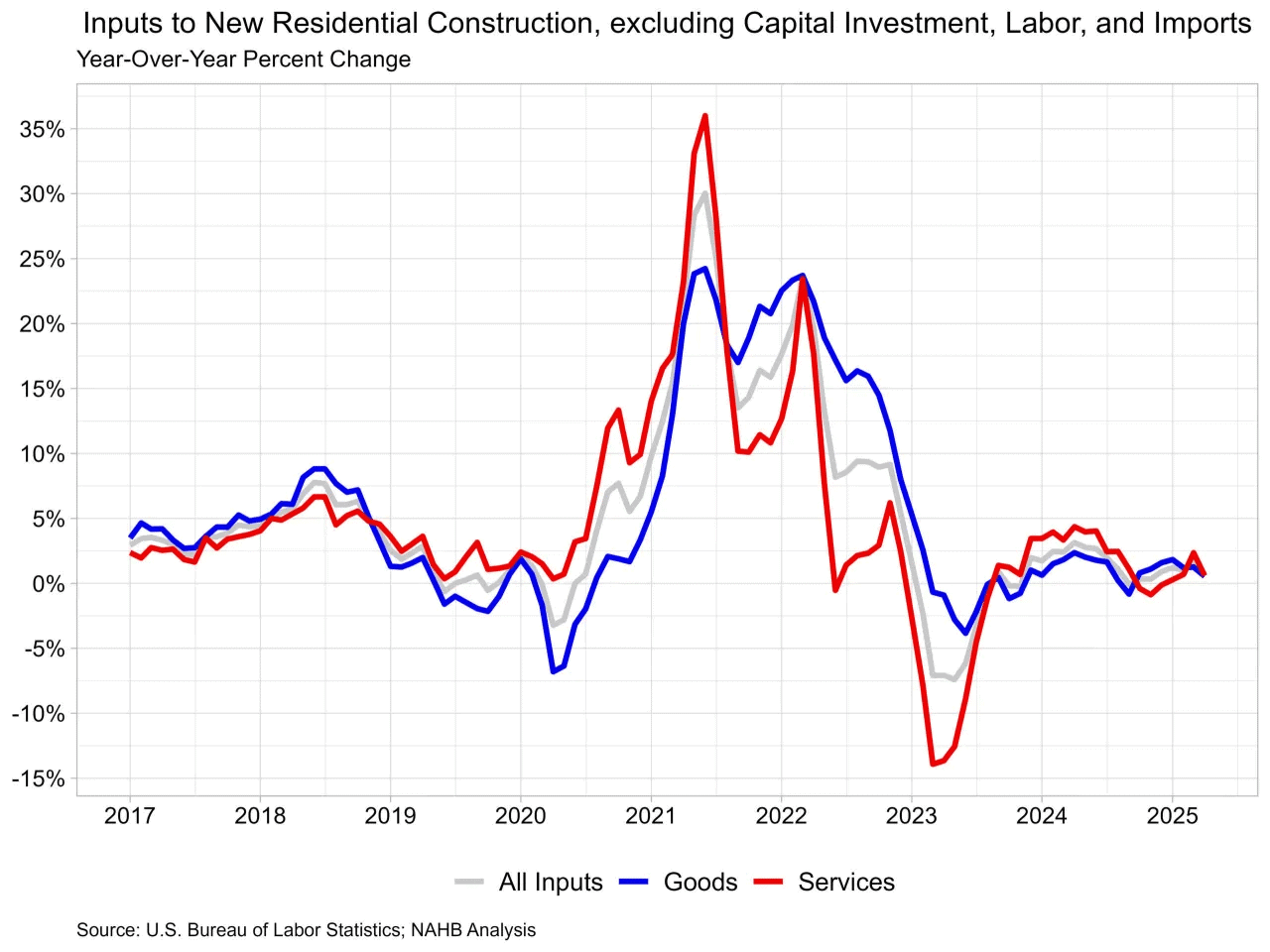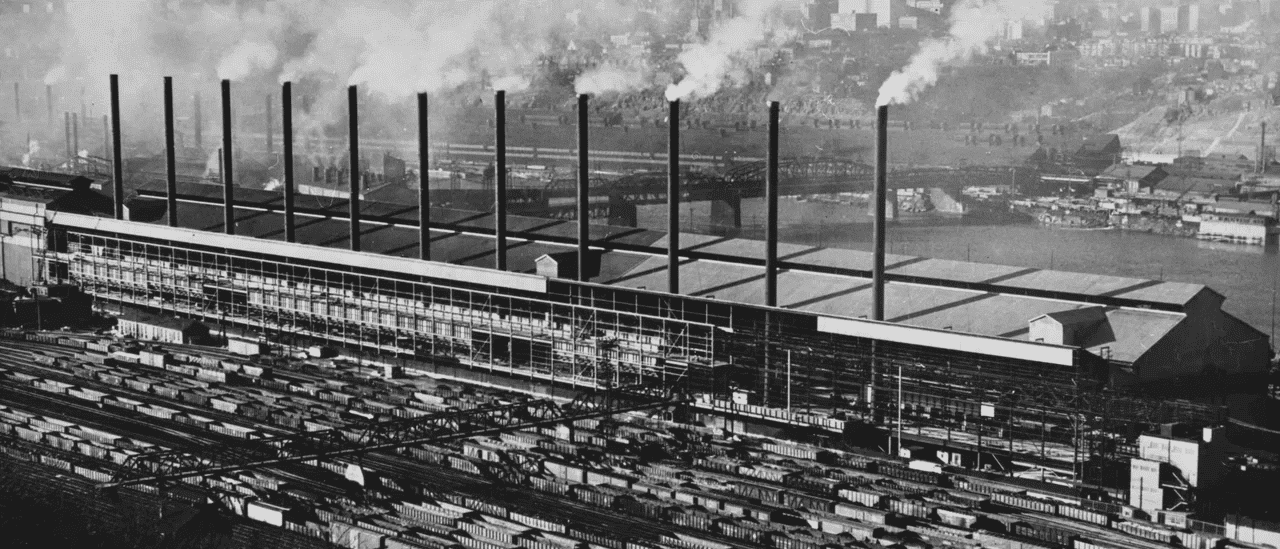
Steel is a powerful and durable alloy that can be found in everything from kitchen utensils to construction equipment. But how is it manufactured?
The first step is converting iron ore, lime and coke into molten iron. This liquid metal still contains impurities that will make the steel brittle, so they need to be removed.
The Blast Furnace Process
The elements required to create steel-limestone, coke and iron ore-are combined in a blast furnace and melted. This produces a metal known as molten iron, or hot metal, but it still contains impurities that need to be removed to prevent the metal from becoming brittle.
During this step, a blowing operation is used to add oxygen and oxidize the carbon in the liquid pig iron. This process removes most of the dissolved carbon and forms crude steel. This can be achieved using either the Bessemer or electric arc furnace (EAF) processes.
Both the Bessemer and EAF processes produce similar results: molten steel that is cast into standard, semi-finished casting products like slabs, blooms and billets. These forms can then be transformed into the products we use every day, like cars and tools.
Once the molten steel has been shaped into its basic form, it can be further shaped and refined. This process is called secondary steelmaking, and it can be done in a variety of ways. Depending on the desired end product, this process may include using a ladle furnace or vacuum oxygen decarburization (VOD).
The Electric Arc Furnace Process
The Electric Arc Furnace (EAF) uses extreme heat, in the form of an electrical current passing through graphite electrodes which melt scrap metal placed within them. The resulting molten steel is then tapped and used for various industrial purposes. The EAF was first developed for the production of special steel grades which require high temperature melting and long refining times. Over time the technology has evolved to allow it to compete with the traditional integrated steelmaking route, especially in long products such as reinforcement bar and merchant bar.
The EAF is fed with a mixture of scrap and ferroalloys, typically around 60 % to 75 % of total feed. The charge buckets are prepared by the scrap yard operator prior to each production shift in accordance with the EAF operator’s requirements. The EAF operator then selects the correct charge based on the grade of steel required and places it into the furnace.
Once the charge has been melted, it is subject to a series of chemical reactions which remove impurities such as P, S, Al, Si, Mn and C. The dissolved compounds are then lanced away from the steel using automatic chemical sampling guns. The foaming slag is also sampled for temperature and chemical elements using a slag lance.
The entire process is performed under extremely hot conditions and therefore requires constant supervision to ensure the refractory lining of the furnace remains intact. Additionally the equipment must be maintained and the arc itself has to be monitored to ensure that it does not destabilise or burn through the electrodes.
The Secondary Steelmaking Process
In the final step of steel production, the molten metal is refined. This can be done through a variety of different methods. These include ladle stirring with argon, powder or wire injection and vacuum degassing. The goal of this is to fine-tune the composition of the molten metal. This allows it to be trimmed to specific compositions, reduce elements like sulphur to very low levels and remove harmful gases from the steel.
In addition to these processes, modern steel producers are also looking at ways to be more sustainable. This includes alternate steelmaking techniques such as HIsarna ironmaking. This uses pulverised coal of low carbon content instead of coke and produces liquid steel at the same time.
Once the molten steel is refined it can be cast into different shapes to create semi-finished products known as ingots, blooms or billets. These are then rolled or formed through secondary forming processes to give them their final shape and properties. Once a product is finished it can be used for construction, manufacturing and a wide range of other applications. Thanks to the versatility of steel, it is one of the most commonly used materials in the world. This is why it’s vital to buy it from a reputable supplier. This will ensure you get the quality and reliability you need.






























